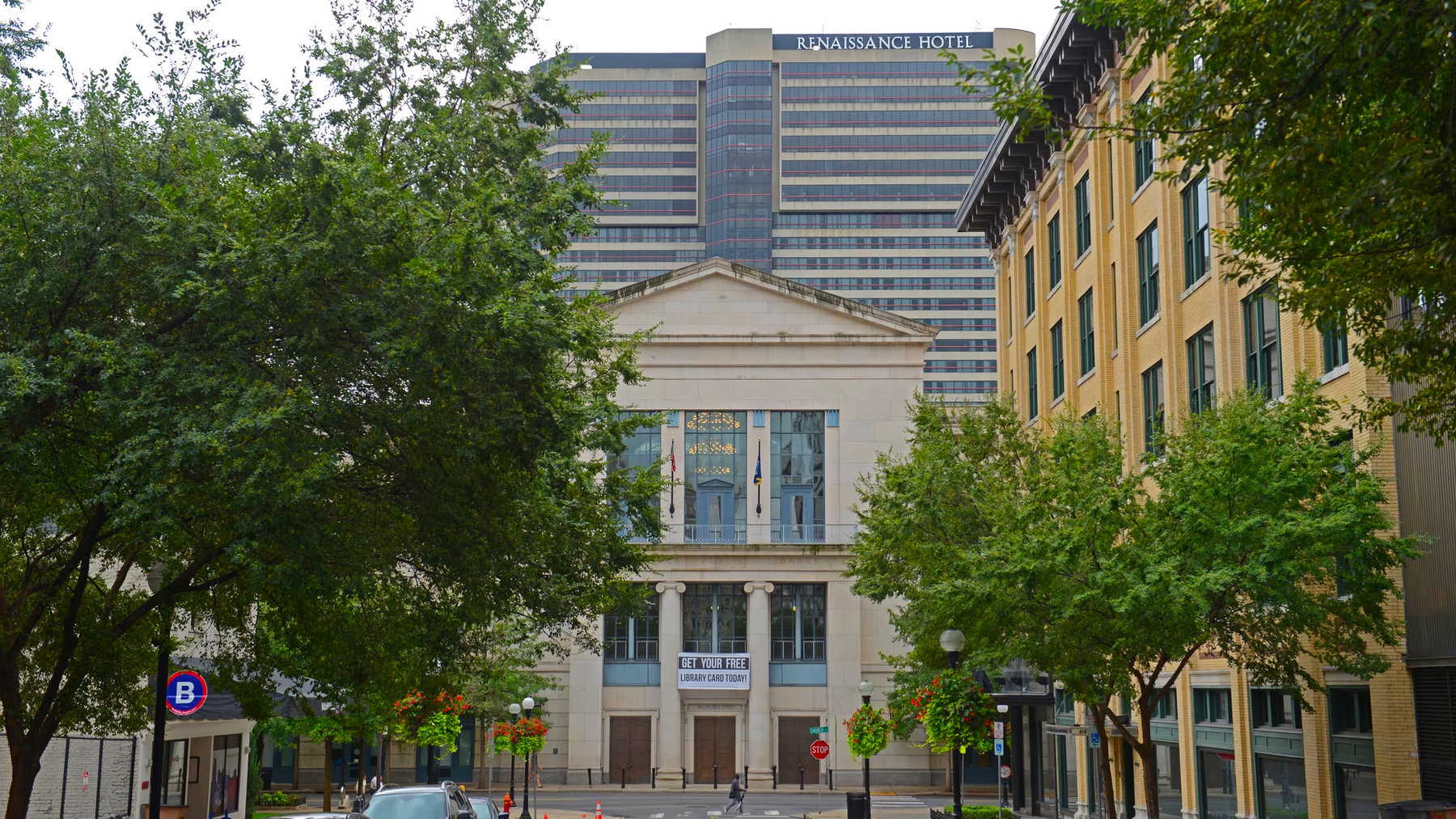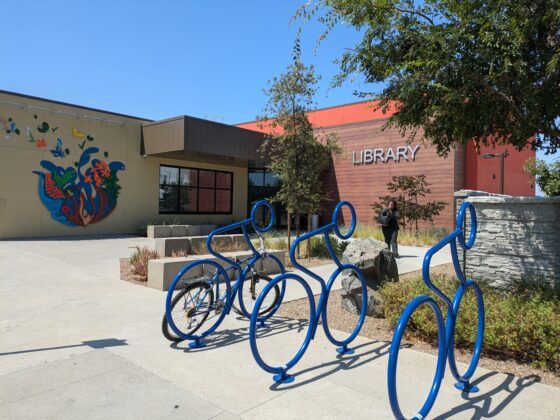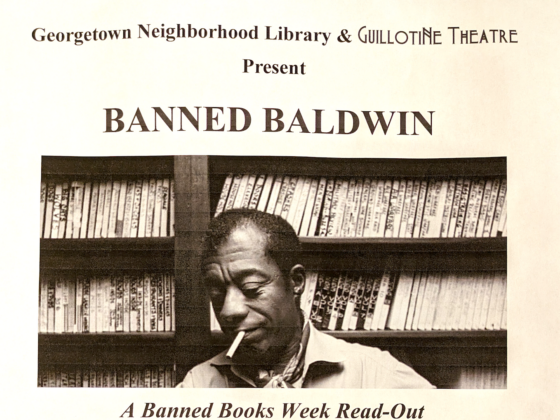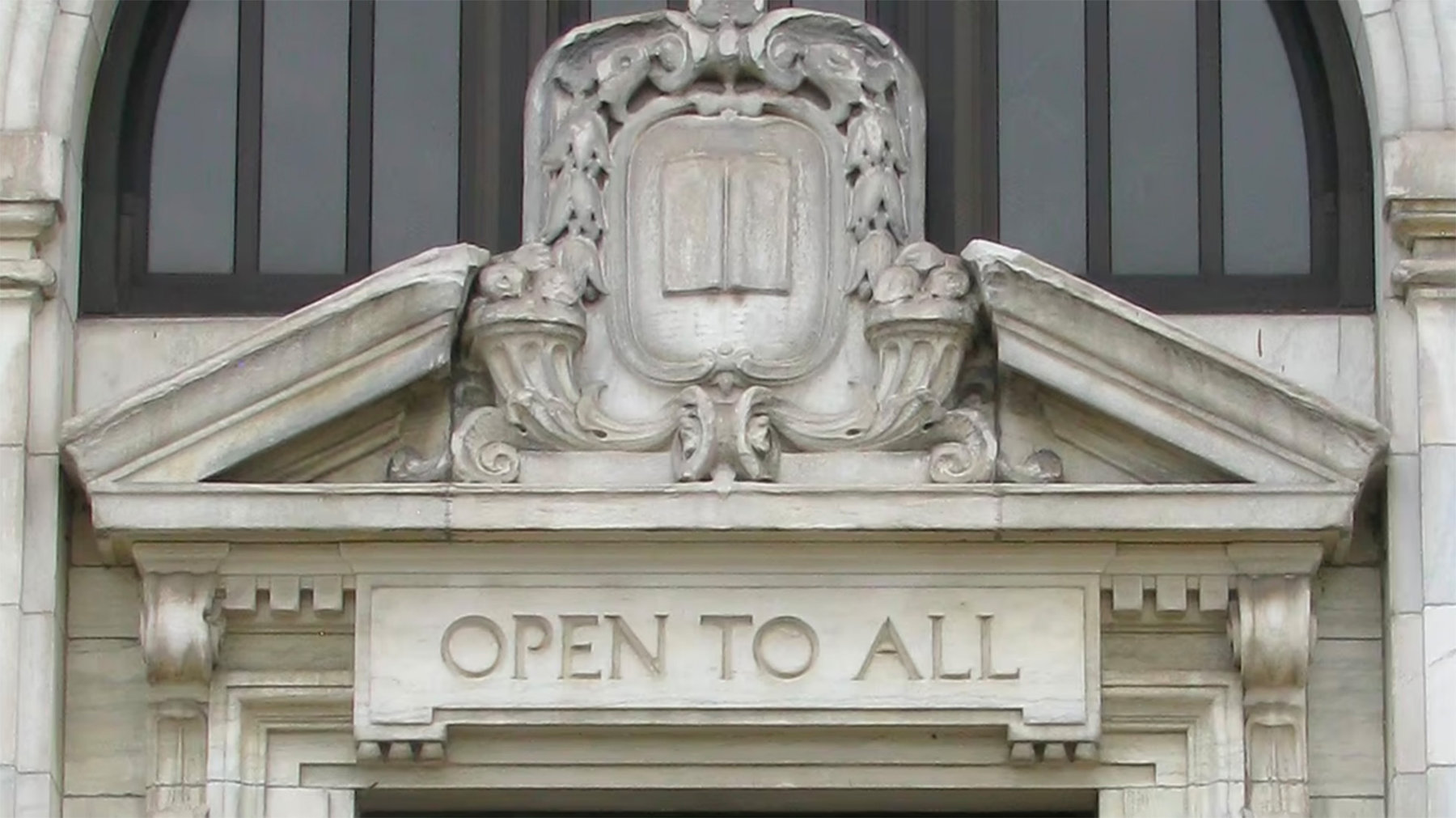During our travels visiting towns and cities across the country for American Futures and now Our Towns, Jim Fallows (my husband) and I have encountered story after story of short, sweet initiatives that we have begun referring to, fondly, as Big Little Ideas. The ideas usually started from sparks somewhere in the community—maybe from a teacher or newspaper reporter, a librarian or rec-center staffer, a young entrepreneur, a city worker, a lawyer, an artist, or a neighborhood parent. Everyman or everywoman.
The ideas might be for a way to seize an opportunity, solve a problem, suggest a collaboration, or enhance a service. They are simple: the kind of thing that once you hear about it, you’re likely to say “Of course!” or “Why didn’t I think of that?!”
The background issues these are addressing are not always grandiose, like climate change. But they have far-reaching, positive potential. They don’t require gearing up teams and processes. You can “try this at home” and be likely to replicate it much more easily than you could a lab experiment.
We would like to share these Big Little Ideas, starting here, in a series we’ll call, yup, Big Little Ideas. We hope you like them, will be inspired by them, copy them, and will send us information about the Big Little Ideas that you’ve seen as successes (or even failures) in your hometown. Please email us here: ourtowns@theatlantic.com.
In 2009, the Nashville Public Library (NPL) and Metropolitan Nashville Public Schools (MNPS), inspired by then-Mayor Karl Dean, began a collaboration whereby student-ID cards double as library cards. Every student from grades 3–12 in the MNPS system automatically owns a card to the public library. Teachers do too. They call the project Limitless Libraries. (An aside: When I asked Mayor Dean about the idea, he immediately pointed out that this was a team effort, not just his. He was that kind of mayor.)
What did this idea mean? First, the compulsory student ID placed the public library on the radar of every student in Nashville—surprising new terrain for many students and their families. It also put access to the library’s (age-appropriate) holdings and programming easily into the hands of the students, flattening any bumps that lay between students and resources. Students (and teachers) can request material from the library to be delivered and returned to their school library, where they study or work every day. The collaboration also moved school libraries into a bigger, more powerful citywide system, making it easier and less expensive to purchase their own materials.
Has it worked? The NPL system has purchased more than $7 million of materials for the school system, provided schools with borrowable technology like laptops and iPads, and even 3-D printers. It has also introduced $4 million worth of architectural changes into school libraries, modernizing them into state-of-the-art areas for reading, collaborating, and maker-spaces. The idea moved from a pilot program in 2009 to all MNPS school libraries by 2017. In the 2017–18 school year, the program served more than 90,000 students, teachers, and librarians and saved MNPS half a million dollars.
In 2015, Barack Obama’s administration launched a program that quickly got library cards to more than 1 million students in 60 communities. It was called the ConnectED Library Challenge. You can read all the details of this nationwide effort, plus a how-to guide, here.
The program has grown to more than 100 libraries and is called the Leaders Library Card Challenge, led by the Urban Libraries Council and supported by the Institute of Museum and Library Services. You can read about it here.
One of the beauties of this Big Little Idea is that communities can tailor their efforts to their own wants and needs. For example, in 2014 Chattanooga eliminated the library membership fee for Hamilton County residents, making up the shortfall from its city budget. In Denver, the My Denver card includes students’ free use of the city’s rec centers and swimming pools. Milwaukee linked school IDs to virtual library cards, eliminating the need for physical cards for library use. Many libraries are eliminating late fees for students’ overdue books or giving them a way to work off their fines by attending programs or volunteering at the library. Staff from the Public Library of Cincinnati and Hamilton County, in Ohio, visit every kindergarten in the 22-district school system to sign up kids for a child-only library card.
And for those who are looking for an even Littler Big Idea, you might take inspiration from the Arkansas teacher and school-bus driver Julie Callison, who stocks her bus with a bucket of books for kids to read during the rides to and from school.




